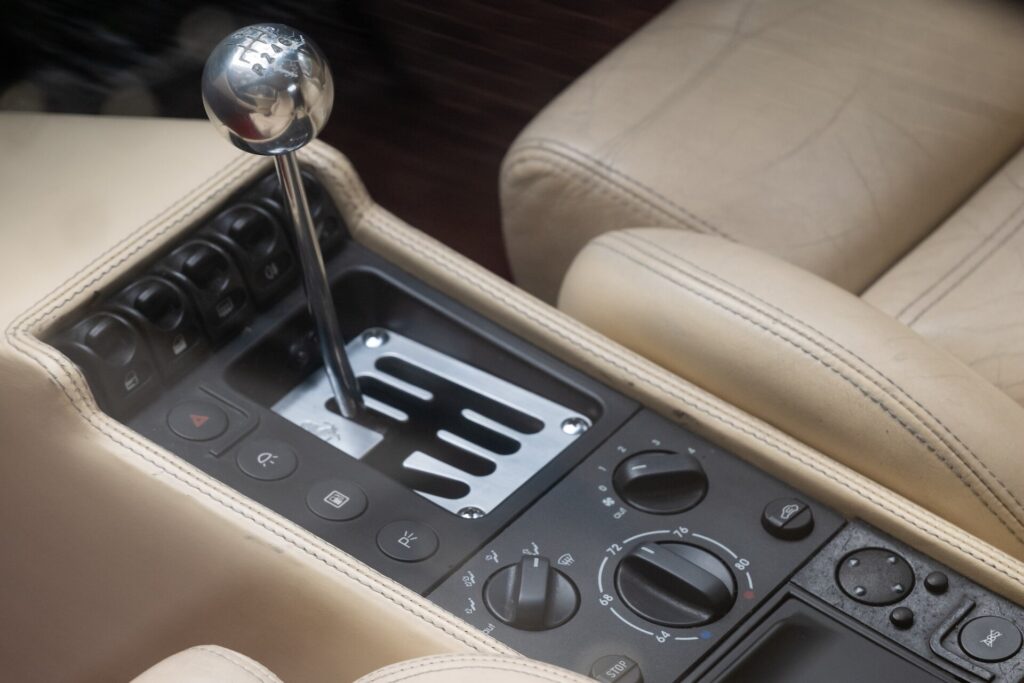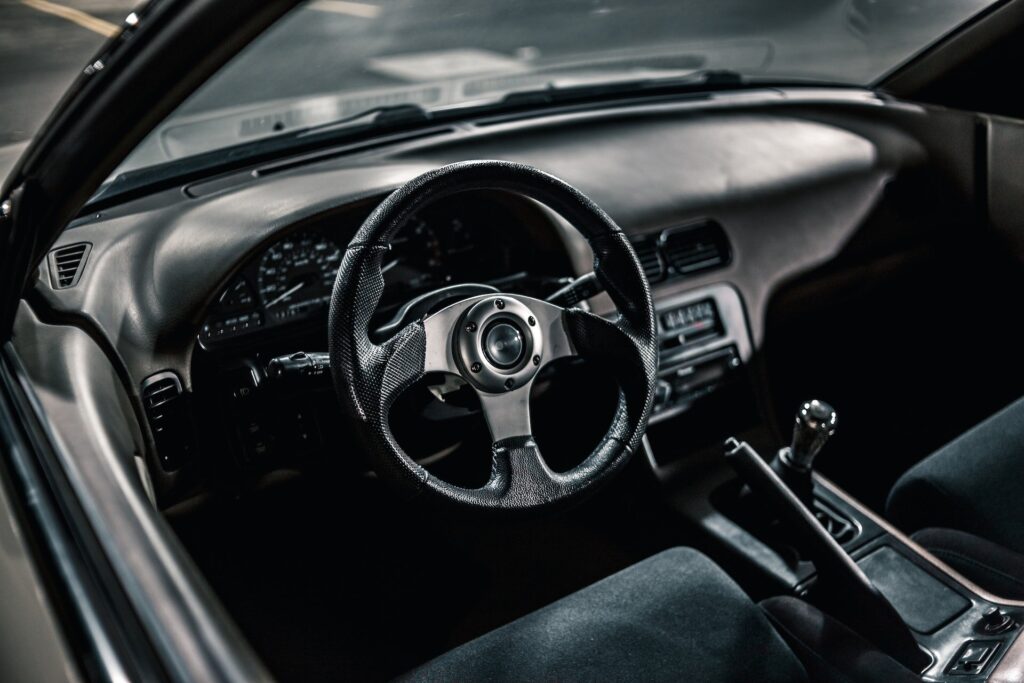Heel-Toe Shifting: How Does It Affect Your Driving?
Oct 25, 2023

As an Amazon Associate, Modded gets commissions for purchases made through links in this post.
Professional racecar drivers are blessed with superhuman driving abilities and lightning-fast reflexes. They can see openings and adjust to the fast pace on the track as they’re so in tune with their car and skills. One of those skills is heel-toe shifting.
The good news is you can also add heel-toe shifting to your driving skills. It’s a helpful driving technique with real-world applications and benefits aside from making you feel like a pro racer.
Heel-Toe Shifting: A Brief Driving History
If you’ve ever watched the anime Initial D, you probably know about this driving skill and may have tried to do it with your family’s old manual car. It’s undoubtedly a cool driving technique that professional racing and pop culture brought into the mainstream.
Before heel-toe shifting became cool, it was a necessary driving technique to make old cars with less refined transmissions run smoother. Pre-WW2 cars had accelerator pedals in the middle between the clutch to the left and the brake to the right.
This pedal setup required drivers to use the heels of their right feet to engage the brake while tapping the accelerator pedal with their toes. Since cars from that era had less sophisticated technology, drivers needed to learn heel-toe shifting to avoid jolts while shifting.

Advantages of Heel-Toe Shifting
Stick-shift cars are becoming rarer these days. In 2019, only 1.4% of new production cars in the U.S. carried manual transmissions. Fewer stick-shift drivers are on the road as more people ditch manuals for automatic transmissions. Manual car drivers can keep up with modern technology by improving their driving skills.
It Makes Accelerating Through Corners Smoother
Your main goal in heel-toe shifting is to match the revs of your car as you enter a corner. Driving into corners requires you to slow down by braking and shifting to a lower gear. This will cause your RPMs to drop as you engage the clutch fully.
Most modern cars can rev-match, but if you’re driving an older car, this technique will save you from jerking around in your vehicle every time you go through a corner.
It Reduces Stress on the Transmission
Improper shifting will cause your car to jerk, leading to an unpleasant drive. If you’re approaching a corner fast and downshift without tapping the throttle, you’ll experience higher RPMs and overexert your transmission. Heel-toeing will save your transmission from unnecessary stress by keeping your car in the optimal rev range for a quick exit out of a corner.
It Prevents Wheel Locking
Smooth driving and saving your transmission are just some benefits of heel-toe shifting. If you fail to rev match during a high-speed turn, your car will rock back and forth and cause it to spin. This spin is caused by your vehicle losing traction since your transmission can’t keep up with your speed.
Every manual car driver knows how this feels, as lower gears will bog your car down if you release the clutch too early. Heel-toeing will help keep your car’s momentum when approaching curves, corners and turns.

It Helps Keep Your Vehicle Balanced
Driving involves constant acceleration, deceleration and braking depending on traffic speed, road conditions, etc. Heel-toe shifting helps you keep your car balanced whenever you need to downshift.
Maintaining your car’s RPMs while downshifting will allow you to match your engine speed to your rolling speed. Keeping your car balanced — on the road or the track — is essential for car safety and optimum performance.
Heel-Toeing Improves Driving Skills
Smooth driving is a skill many drivers tend to overlook. Some have heavy feet, leading to sudden acceleration, deceleration and accidents. Riding the clutch to slow the car down is also a bad driving habit. This can hurt your mileage and prematurely wear some of your car’s components.
Learning to shift, brake and accelerate correctly is a great way to improve your driving skills. Whether going for a long drive with family or just enjoying a quick leisurely drive on a weekend, heel-toe shifting is an excellent technique to hone your driving skills.
How to Do It
- Start applying pressure to the brake with your toes as you approach the turn.
- With the brake still engaged, engage the clutch pedal fully and position your right foot near the throttle.
- Tap the throttle with your heel to match your car’s wheel speed while still engaging the brake pedal with your toes.
- Shift to lower gear and let off on the throttle pedal with your heel.
- Release the clutch and brake pedals and press the throttle pedal to accelerate.

Some Things to Remember When Learning Heel-Toe Shifting
While it can be tempting to give heel-toe shifting a try on a manual car, there are several things you need to consider:
Practice Driving on Less Busy Roads or an Empty Parking Lot
Heel-toe shifting requires you to hit the brakes while doing the technique. It’s possible to step on the brake too hard and accidentally brake-check the driver behind you. Practice in safe locations first before trying this technique on the road.
Some Cars Are More Adapted to Heel-Toe Shifting Than Others
Cars have different pedal setups. Some have more elevated pedals, while other vehicles have wider spaces between the brake pedal and throttle. Check your car first to see if it’s possible to do this driving technique safely.
Perfect Practice Makes Perfect
Like with any other driving technique, heel-toe shifting requires practice to get right. Have patience when learning the timing, motion and pattern of heel-toe shifting. Pro drivers like Ayrton Senna can make this look easy, but that’s because he was incredibly talented and put a lot of time and effort into perfecting his skill.
Give yourself some slack if you’re new to heel-toe shifting. You’ll see improvements as you keep practicing. Try getting a good feel of your pedal setup first while parked. You’ll develop your muscle memory by repeating the sequence of the technique.
Driving as a Life Skill
Learning new driving skills will help you become safer and get the best out of your vehicle. If you love traveling, then it’s a good idea to get better at driving. It’s a dependable life skill that allows you to explore the open road for work and fun.






